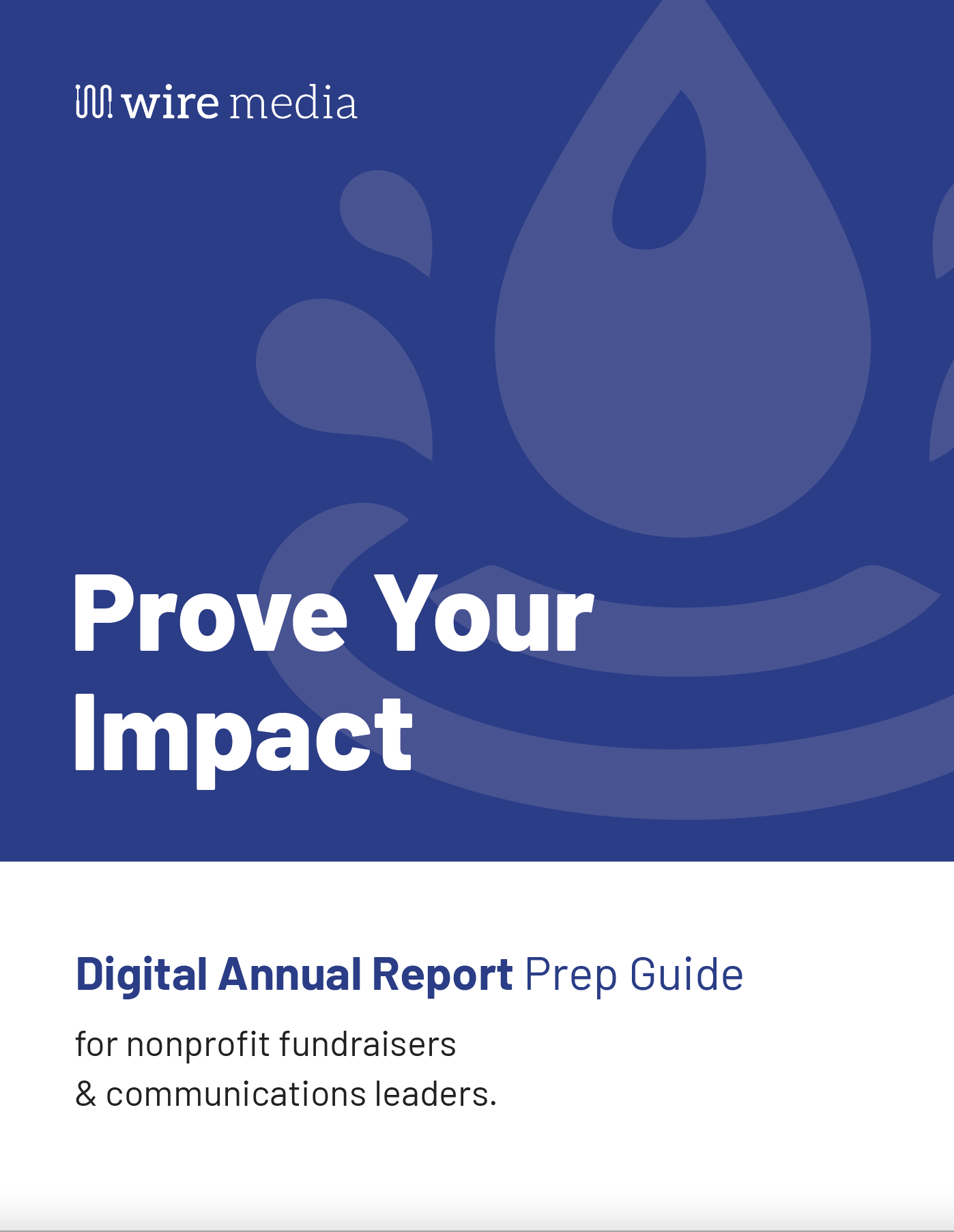
How do you measure your nonprofit’s impact? Do you define success by the number of donors you have or the number of fundraising campaigns you organize?
Perhaps you measure impact using a numerical value or percentage: We made $10,000 in donations this quarter — that’s 10% more than in the previous three months.
While statistical data looks awesome in press releases and on your website, it doesn’t measure the real impact of your nonprofit on people and society! This post will explore some alternative methods for impact measurement.

1. Case Studies
Case studies provide incredible context to your achievements. Instead of measuring impact with numerical data, you can analyze campaigns and their effect on those who benefit from your fundraising efforts. You can publish a case study on your website and share it with stakeholders and the media.
You can also use case studies to tell people about your services. Consider interviewing someone who had a positive experience with your nonprofit — an individual who received a grant from your organization, for example. This would be an opportunity to show how that money made a real difference in their life.
Don’t be afraid to toot your own horn in a case study. Telling the world about your fantastic accomplishments can increase awareness about your organization and result in more donations, which is always a good thing.
Read more: Show Off Your Nonprofit’s Accomplishments By Creating Your Own Content
2. Testimonials
Quoting donor numbers might sound impressive, but what does it reveal about your nonprofit’s achievements? Not a lot! Asking donors why they handed over their hard-earned cash to your organization is a much better way to measure impact.
People donate to your cause for a reason. Perhaps they feel strongly about the issues you support or have been impacted by your projects in the past. Interviewing donors gives your organization more credibility than quotes from stakeholders and cold, hard numbers.
Not every donor will want to talk to you, but collecting testimonials — and publishing them on your website and in marketing materials — can help you communicate “impact” successfully.
3. Analytics
Digital analytics tools dig deeper into donor numbers and other hard data, providing valuable insights into your nonprofit’s impact. Using these tools will generate intelligence about your fundraising campaigns and help you determine whether they have impacted communities.
Here are some insights you might learn from analytical tools:
- How many people your organization served within a specific period
- The number of families or individuals you helped within a period
- Where you spent donor money
- Which fundraising initiatives helped the most people
- Which social groups benefited the most from your services
Read more: Tips for Nonprofits: Avoid These Mistakes When Telling Your Story
Final Word
Scratch beyond the surface. Dig deeper into numbers and percentages to measure your nonprofit’s real impact. Case studies, testimonials, and digital analytics tools can help you identify the success of your organization and drive future fundraising campaigns.
Read more: Building a Content Strategy With Your Audience In Mind
